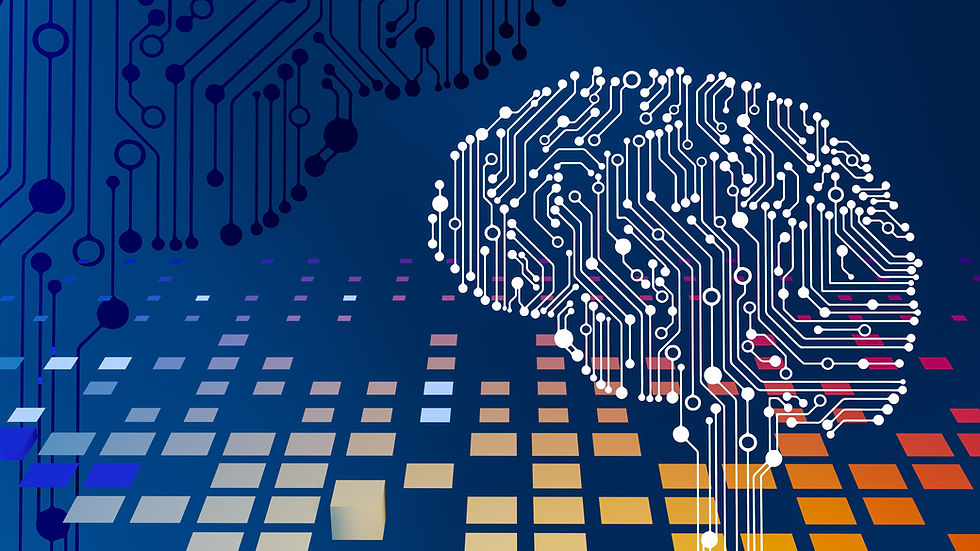People’s legacy and AI tool
- Admin

- Aug 8
- 3 min read


During the late ‘80s and early ‘90s, I served as the associate superintendent for Curriculum & Instruction at the Guam Department of Education. It was an exciting time, with enthusiastic team members. Each of the school program consultants had earned graduate degrees and had at least seven years of teaching experience.
We dreamed. We focused. We planned. We collaborated with teachers across the island. Every content area had regularly scheduled meetings with content teachers at the secondary level and grade-level meetings at the elementary level. We nurtured an integrated curriculum for the elementary grades and an interdisciplinary curriculum for middle school.
Local curriculum standards were developed by our teachers and adopted by the Board of Education. Professional development was continuous and constant.
We capped textbook selection with pizza parties and adopted the Connie Muther process, which focused on curriculum and instructional strategies. Everything was blended.
We adopted all-day kindergarten, addressed the Office of Civil Rights’ concerns about home language surveys, strengthened honors courses and advanced placement programs. Connie Guerrero bolstered the mock trial and Close-Up programs.
We were so excited when Southern High came home from the national competition in Arizona where it won second place. Larry Cunningham, Pete Eclavea and Mike Phillips motivated our students to perform as Guam geniuses. And they did. Many other competitors thought our team won.
Connie and Peter developed alternative learning paths with the differential aptitude test being administered to each sixth grader. We had clusters of careers and areas of studies. We were expanding community classroom opportunities. The Guam legislature passed a policy to provide tax incentives to business partners who would welcome our students.
Bernie Cruz and Diane Aoki worked with our beginning grades to strengthen early childhood education, which is essential to continued success in teaching and learning.
Lloyd Stone nurtured elementary students to perform with music. Bells were featured. He supported secondary music programs, which expanded their curricular offerings and performed in grand fashion.
Kay Rhymer and Leah Fox brought the arts into the spotlight. Trucks and Rainbows showcased our budding artists in hotels throughout the island. I loved this program.
Del Basa, Faye Kaible and Genny Leon Guerrero invested in training and program development in health education. Flo Northway facilitated the teacher development program and worked closely with the University of Guam. Peter Taitano was the in-service school program consultant, helping sites identify their professional development needs and providing training support, which is key to lifelong learning.
Terry Mesa and John Kirchner strengthened math. Today, I see John riding his bike, enjoying retirement and traveling. Always a pleasure chatting with him. John Simpson was our science SPC.
Then, there was Debbie Doucette. When I read the July issue of Pacific Island Times on artificial intelligence, I thought of Deb, our school program consultant in our computer labs. While I appreciated the development of technology and knew it had a place in teaching and learning, my heart hurt as I read the evaluation reports.
Students preferred computers to actual teachers. The consistency, feedback and aesthetics motivated our students.
I suggested learning communities needed to learn from this. We needed to be more consistent, interactive and alive. Computers are a tool. They are not a replacement. As many education leaders in the July issue shared, human beings cannot be replaced.
What an awful thought.
More than ever, students need human interaction. And if AI can strengthen teaching and learning, then, great. But AI cannot replace actual teaching.
As I was writing a column, an icon popped up. I had no idea what it was. After ignoring it, I finally clicked on it. Copilot was offering to rewrite a sentence. What? I was nervous.
My sister, an associate professor at UOG, tried to help me understand the AI groundwork. She shared that if it is my idea and AI rewrites the work, I am not plagiarizing. I’m still figuring it out. Now, I click and sometimes the rewrite makes sense and sometimes it doesn't sound like me at all.
After all, AI is artificial. How would it know me?
Aline Yamashita is a mom, a teacher and former senator. She served in the 31st and 32nd Guam Legislatures. Send feedback to
Subscribe to
our digital
momthly edition








